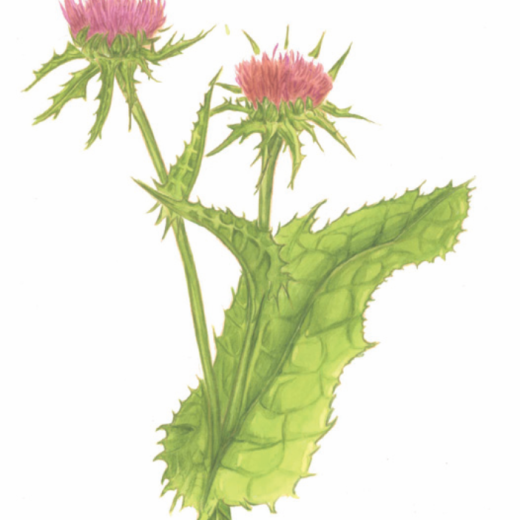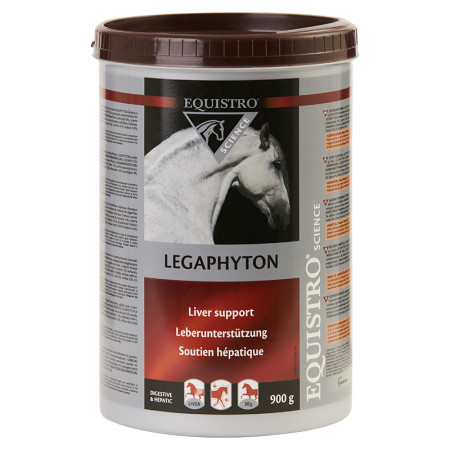
Milk thistle (Silybum Marianum)
Description
Milk thistle (Silybum marianum) is one of the best-known medicinal plants. It is mainly native to the Mediterranean region, but also thrives very well in cultivated plants in our latitudes. In addition to tannins, biogenic amines, milk thistle is rich in silymarin (principally silybin A and B, isosilybin A and B, silychristin and sildianin) flavonoids and essential oils.
Properties
The liver-protective effect of silibin, the most potent pharmacological substance in the milk thistle plant, can be attributed to the membrane-stabilizing effect of the liver cells (hepatocytes). This makes it more difficult for potentially liver-damaging toxins to be absorbed into the hepatocytes, thus protecting the cells from further harmful influences. Furthermore, Silibin is an antioxidant, free radical scavenger and an inhibitor of lipid peroxidation.
Possible uses
Silibin extracts in pelletized or powdered form are very suitable for supporting liver problems (e.g. in the case of unintentional consumption of ragwort). As there is no universal treatment for liver diseases, the focus of such therapy is on liver regeneration.

